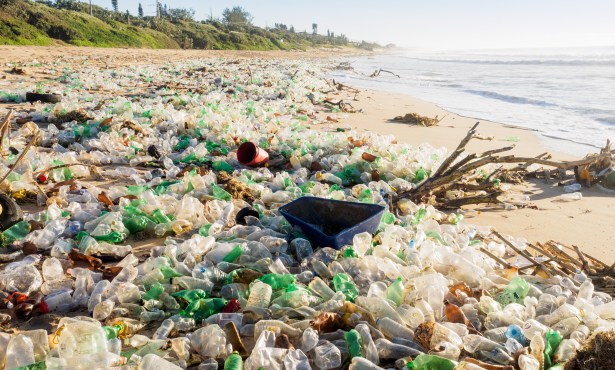Vineyards, Sheep, and Ecosystem Health
Agriculture, Rather Than Contributing to Climate Change, Can Provide Drawdown Solutions

Regenerative agriculture, the basis of which is soil health, eschews plowing, diversifies crops, shifts from annual to perennial varieties where possible, uses cover crops, integrates animals, and incorporates productive trees. It achieves impressive results in varying degrees: biological diversity, human and animal health, plant vigor, and pollinator viability. Instead of producing greenhouse gases (one-sixth of global emissions arise from the farm sector), it sequesters carbon. Increasingly, farmers are transitioning to regenerative practices to retain more water in their soils, lower their costs, stop erosion, and get out of debt.
An innovative and promising example of regenerative agriculture is the 7,600-acre Paicines Ranch in San Benito County, California. In just one small corner of the ranch, a 25-acre organic demonstration vineyard was planted in 2017. It includes native perennial grasses and sheep. The aim is to combat climate change by sequestering carbon, minimizing water usage, and increasing healthy mycorrhizal soil fungi while making fruit to produce exceptional wine.
An increasing number of grape growers have stopped tilling for weed control; tilling exposes bare earth, releasing carbon into the atmosphere while heating and drying out the soil. Many even bring animals to control grasses and weeds and as a natural source of fertilizer, but only after the grapes have been harvested. The Paicines Ranch allows sheep among the vines even during the growing season. This practice is normally avoided because sheep can eat leaves, buds, and grapes.
Sign up for Indy Today to receive fresh news from Independent.com, in your inbox, every morning.
To counter this risk, the owners designed the Paicines vineyard to have animals among the vines. Instead of training vines on wires near the ground within easy reach of grazers, their vines are trained onto higher trellises out of reach of sheep. The extra energy the plants need to push sap higher up is more than provided by the healthier soil. Another slightly older vineyard in Northern California’s Alexander Valley, following similar practices with integrated animals, recorded a 98 percent reduction in irrigation use together with significantly higher yields.
The first wine from the young Paicines vineyard is showing encouraging results. Some critics were impressed by the complexity from only four-year-old vines. The wine quality is critical to draw maximum attention to their unconventional farming methods.
Perhaps most important, the increased soil health and moisture retention from regenerative agriculture offer more of the resilience that farmers will need in dealing with increasingly volatile patterns of rainfall and drought. Industrial agriculture and overgrazing have increased heat, desiccated lands, and raised surface temperatures. Regenerative agriculture cools its environs. Records show surface temperatures can be as much as 2 degrees Fahrenheit lower. Soil temperatures can be many degrees lower when compared with bare soil.
The carbon-capture potential of regenerative agriculture is underappreciated. The quantity of retention is not fully known. A farm in Carroll, Ohio, had less than 0.5 percent carbon in its soil in 1978; today, this regenerative farm holds 8.5 percent carbon. Most regenerative farms don’t even get tested.
Support the Santa Barbara Independent through a long-term or a single contribution.



